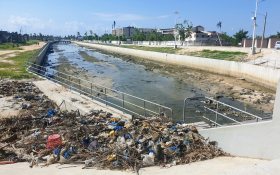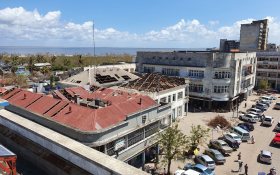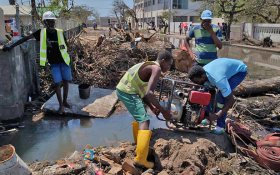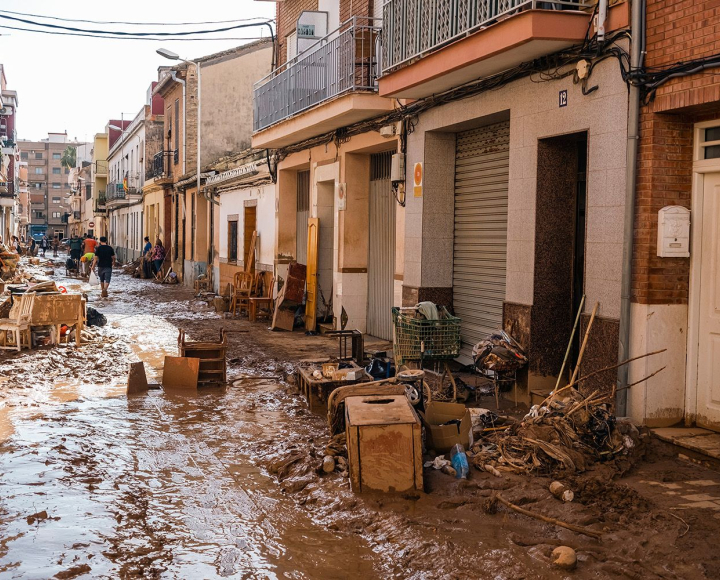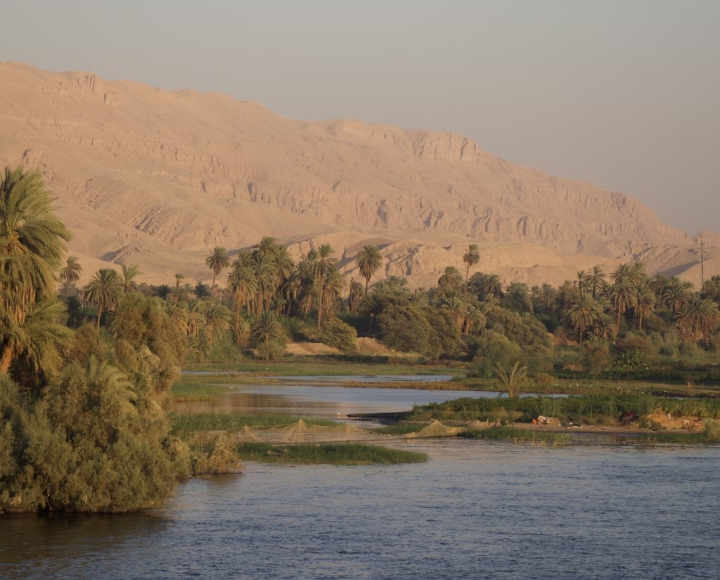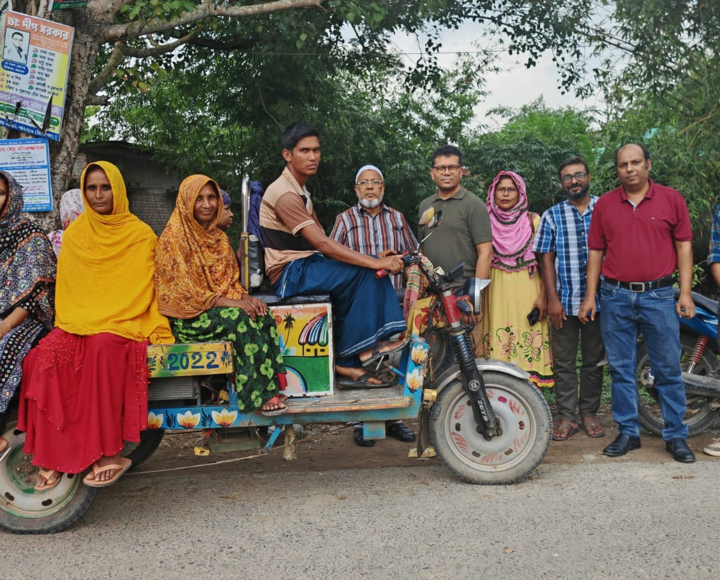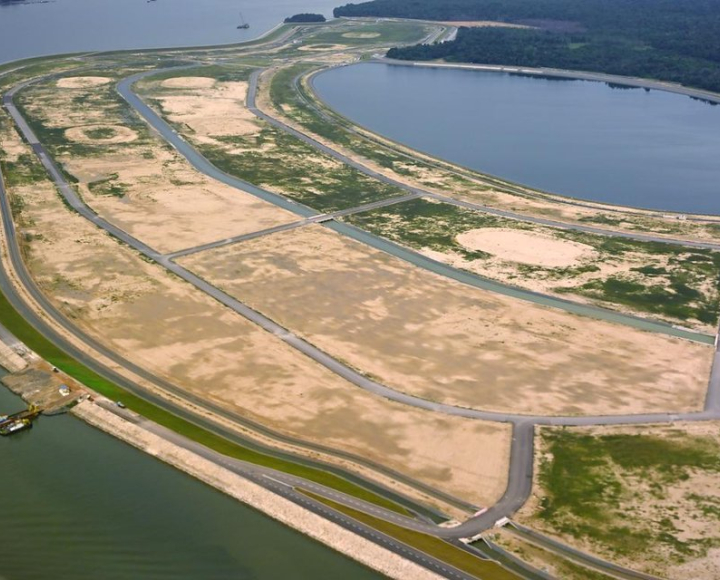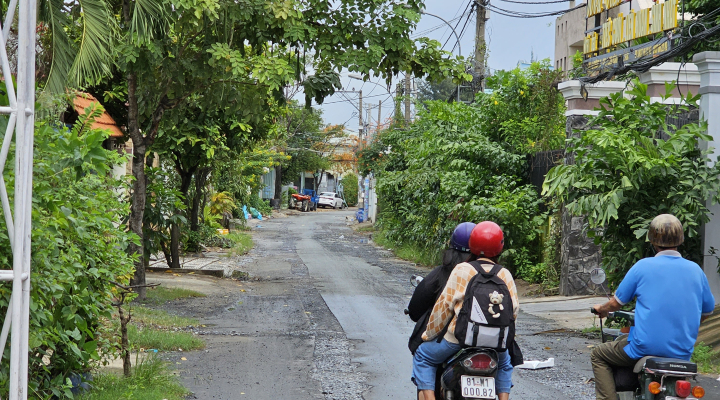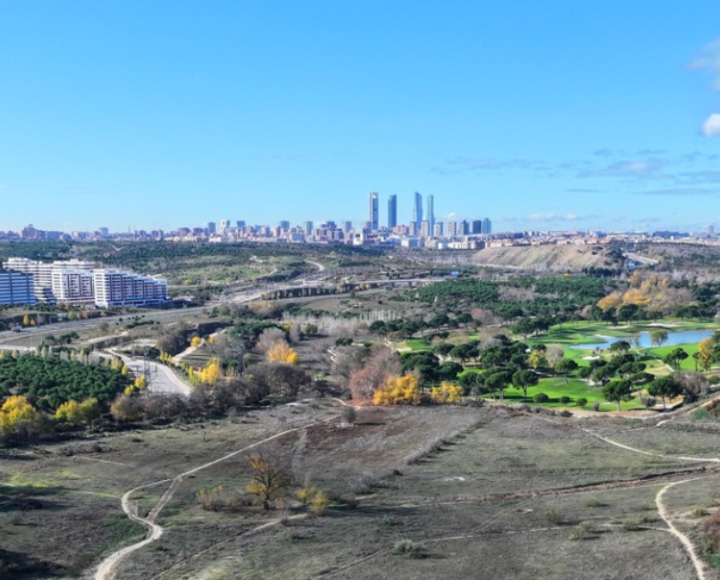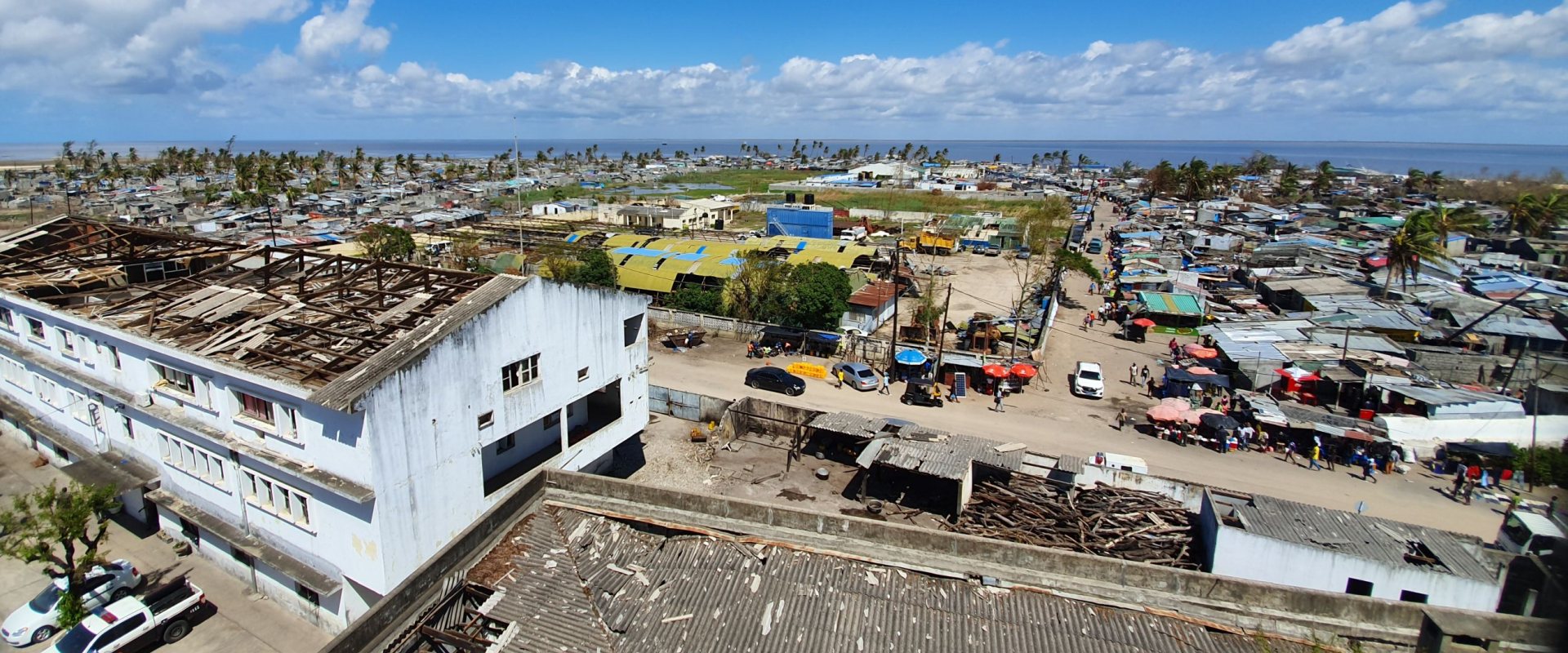
Rebuilding cyclone-hit Beira: additional drainage channels and better coastal protection
The city of Beira, Mozambique released the Beira Municipal Recovery and Resilience Plan to rebuild the city after it was hit by cyclone Idai on 15 March. The heavy rainfall that followed in the next eight days flooded a substantial part of the city. It showed that additional drainage capacity is urgently needed.
The Beira Municipal Recovery and Resilience Plan has been compiled by a special task force that was assisted by several Dutch water experts. Among them were 7 experts from Arcadis' Shelter Program, a corporate social responsibility program with UN-Habitat.
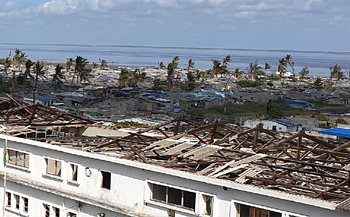

Building back better
The recovery plan to rebuild Beira specifies a total need of 888 million US dollar, of which 193 million is needed for reconstruction of the primary drainage system for the next five years. An additional 90 million is needed to improve the coastal protection.
Next week an international donor conference will be held in Beira to discuss the recovery with financers. The conference will also include the recovery needs of the second cyclone, Kenneth, that hit the north of Mozambique on 25 April.
Neap tide
Cyclone Idai hit Beira at neap tide. Had it reached Beira during spring tide, sea water levels would have been nearly two meters higher and the flooding of the city would have been extensive. Heavy rain flooded large parts of the city and extremely powerful gusts of wind destroyed many homes and buildings.
Coastal protection measures are high on the agenda of the plan. The existing breakwaters on the city’s Indian Ocean beaches need to be upgraded and sand nourishments are necessary on the short term.
More drainage channels
The city had inaugurated the Palmeiras drainage channel last year. The new channel did a good job and discharged large amounts of storm water that had been released by cyclone Idai.
However, the capacity of the drainage system was too limited and the recovery plan calls for similar drainage channels in other parts of the city. It also calls for the construction of a retention basin.
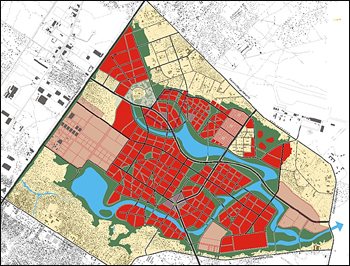

Earlier master plan
The new published recovery plan builds on the Beira Master Plan 2035 that has been made in close cooperation with the Dutch water sector.
One of the elements of that older master plan was to develop a whole new 400 hectares residential neigbourhood to be constructed on elevated grounds, using dredging sand from deeping the city’s port.
The project team has suggested to start a 4 hectares construction pilot with 125 housing plots to be equipped with energy, water, sewerage, road infrastructure. The pilot can start later this year.
A special focus is on the provision of social housing to address the city’s pro-poor development policies.
Necessary investments
Team leader Ben Lamoree of the municipal task force hopes the rebuilding plan will convince the donors at the conference. "The strategy is there. What is lacking is the necessary investment".
Lamoree has been working in Beira on behalf of the Dutch government for 6 years now. He assisted the municipality to develop a strategic approach to make the city climate proof, tackling problems that typically pile up in river delta’s, such as floods and coastal erosion.
According to Lamoree the masterplan has been very useful to compile the recovery plans. "All the elements to ‘build-back-better’ were already included in the master plan. If the donors agree on the plan, the work can commence immediately".




